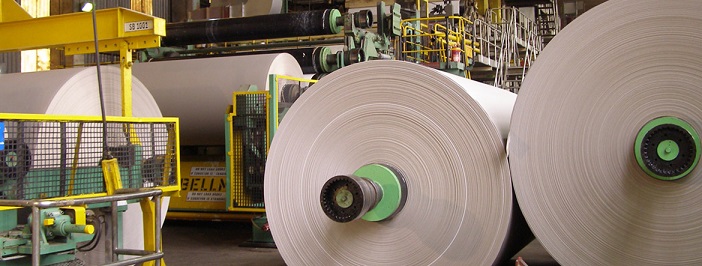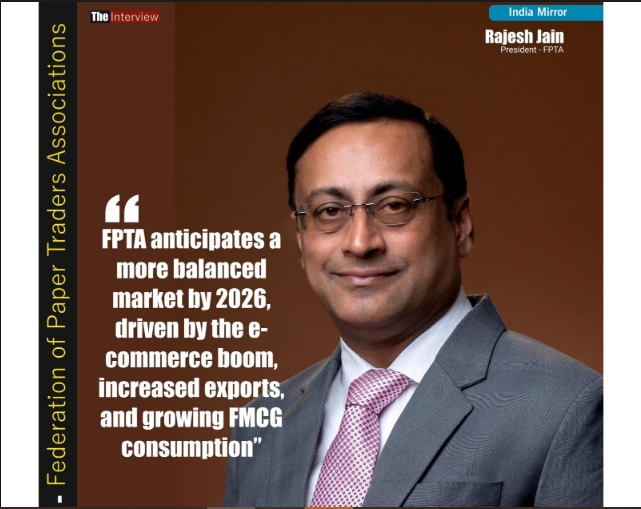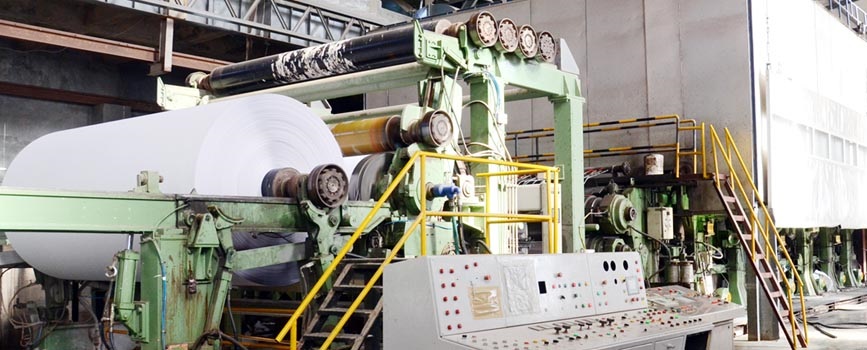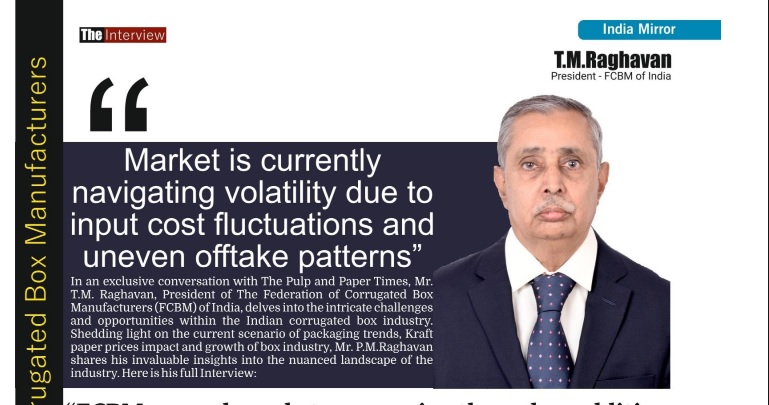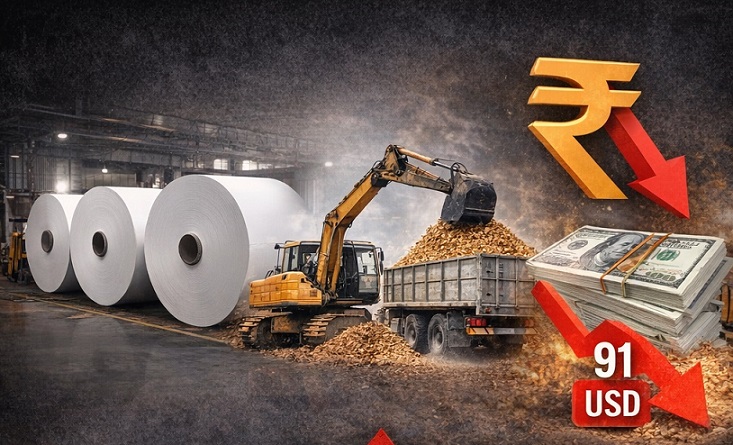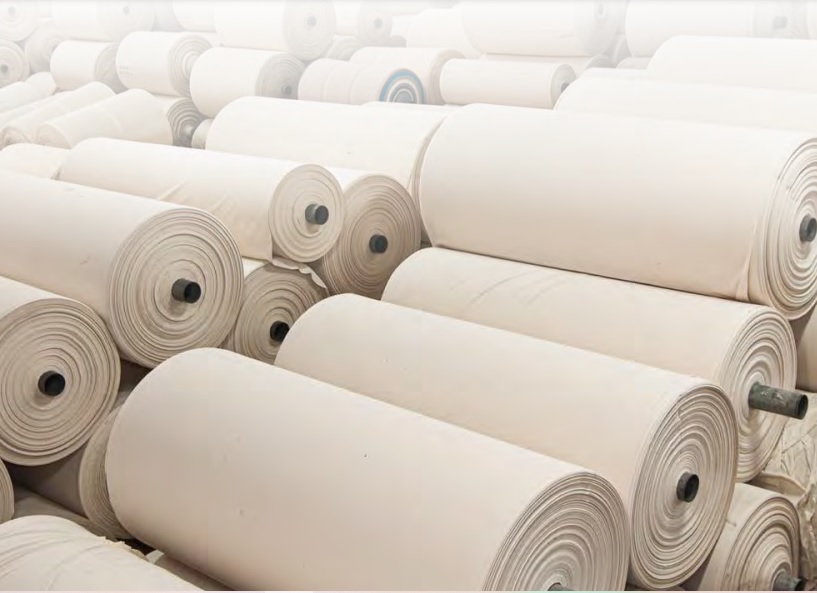End consumers and convertors continue to play hardball with the traders aiming to press down prices
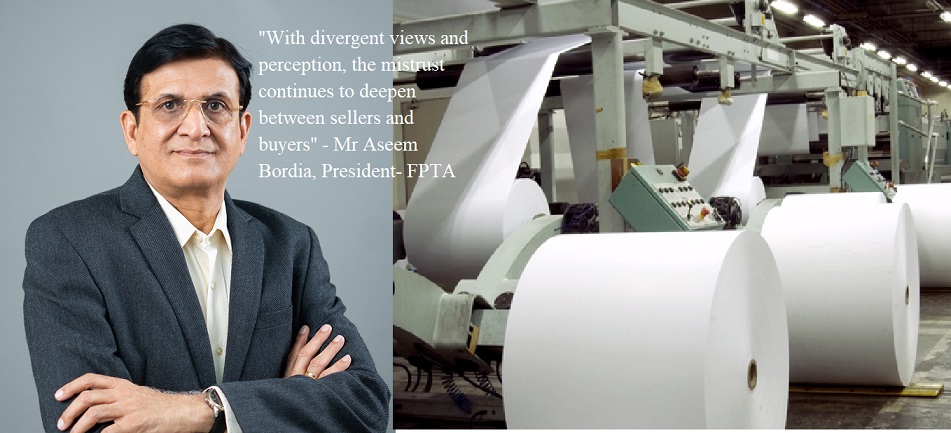
End consumers and convertors continue to play hardball with the traders aiming to press down prices
New provisional import tariff in China will undoubtedly impact the global paper industry
The below article is written by Mr Aseem Bordia, who has recently become the 61st president of the Federation of Paper Traders Association (FPTA) for the year 2022-2023. The views are personal; Mr Bordia shares his views on the present state of the Indian Paper Industry exclusively with The Pulp and Paper Times.
February 2023 | The Pulp and Paper Times
Paper is an extraordinary material. The climate-friendly, renewable material is strong, flexible and extremely versatile. With these properties, paper offers endless potential and plays an important often unrecognized role in everyday life.
The business world is like an ocean current: in constant motion as industries innovate and technology changes at an ever-increasing rate. The most effective embrace change and don’t hesitate to adapt.Change is constant.
In the recent times we have been a witness to a phase where geo-political and economic events have a major impact on the commodities market. Paper and paperboard being a commodity cannot but remain unaffected by such happenings.The sector is well aware of the impact of Covid in its working, be it the manufacturers, trader and or consumer, no one was left behind. The ongoing Russia-Ukraine war and its after-effects especially on oil, food and wood continues. The recent forest fire in Chile has started a new cycle of upwards movement of prices of wood and pulp.
China has implemented a provisional import tariff rate for 1,020 commodities, which are lower than the most favoured nation (MFN) tariffs starting January 1, 2023. 67 finished paper products and converting products are covered in this policy and will enjoy a lower import tariff of 0-5% compared to the standard MFN import duties of 5-6%. Finished paper products, containerboard, carton board, printing and writing paper will all receive a 0% import tariff. This new provisional import tariff in China will undoubtedly impact the global paper industry. Be it the domestic manufacturer and or trader, one will need to prepare for this new dynamic shift and the challenges it would bring.The changes in import duty structure have already created ripples in the prices of certain grades in the domestic market.
Global trade is one of the most important issues in the pulp and paper industry. While trade is a great opportunity for some, it is a great threat to others. In some regions, domestic producers worry about the impact imports will have on the profitability of their markets. For others, finding new customers beyond their borders is a primary driver of growth and increases the utilization of existing assets.
Many in the industry feel that global trade is more of a factor today than at any time in history. But is that really the case? The trade in paper and paperboard grades as a percentage of production actually peaked in 2004 and has been in decline ever since. Pulp exports, on the other hand, have continued to grow and now represent about 30 percent of all production.
The domestic political and economic issues are facing headwinds. The general elections due in less than a year is likely to increase political instability. Economically, the government shall be focusing more on infrastructure development and increased spending on defence due to continued and aggressive posturing by a few neighbouring countries. The Adani Fiasco as left its impact on the domestic investors. The increasing rate of inflation is putting pressure on the consumer to spend more and save less. Overall, the domestic economy might be growing but in real terms it is yet to become a catalyst for growth in demand.
There has been a continuous shift in the consumption pattern of paper and paperboards. The newspaper and print magazine readership are in a free fall state resulting in the lower demand of newsprint. The education sector is witnessing a gradual shift towards digital medium leading to demand moving southwards. The office paper usage is under stress due to government’s emphasis of Digital India. The use of A4 paper with printing on both sides in the courts has made a considerable dent in the pie. The government’s DigiYatra initiative is likely to cause disruption as paper tickets, boarding passes and baggage tags may slowly become obsolete and redundant.
The lack of clarity and consensus of the state governments on the ban of single use plastics have resulted in more confusion and delay in search for alternatives.
The domestic paper trade suffers from lack of trust and commitment on the part of manufacturer. The paper manufacturer may well within there right to cater directly to the needs of any customer. But this practice does not augur well for a healthy relationship between the manufacturer and trade when it is done for small quantities, and at prices below or at par with the trade.
Presently the end consumers and convertors continue to play hardball with the traders aiming to press down prices. Buyers have stepped up pressure in view of the slump in demand of selective grades in the domestic markets. Buyers have also slashed volumes and are maintaining lower inventories.
Domestic manufacturers intend to hold their prices firm despite mounting pressures from the end consumers. With divergent views and perception, the mistrust continues to deepen between sellers and buyers. The ball is in the sellers’ court, but the time is on the buyers’ side.
It is increasingly becoming difficult for a substantial number of traders to sustain due to high risk and very low returns. With increasing inflation, the cost of doing business crises looms in front of the small and medium traders. Many firms have ceased their activities in the past months, citing worsening risk-reward ratio as the main factor. Similar stories are unfolding nationwide. Small and medium traders are expecting their incomes to fall in the current financial year. Several traders are looking to close down and or transform their business model. These are difficult days for the trade.
In such a volatile industry, it’s important to always address questions in advance to anticipate market shifts.The trade on its part will have to learn managing market volatility, economic uncertainty and disruptions.
Web Title: End consumers and convertors continue to play hardball with the traders aiming to press down prices




 Join WhatsApp Group
Join WhatsApp Group Join Telegram Channel
Join Telegram Channel Join YouTube Channel
Join YouTube Channel Join Job Channel (View | Submit Jobs)
Join Job Channel (View | Submit Jobs) Join Buy Sell Channel (Free to Submit)
Join Buy Sell Channel (Free to Submit) Paper News Headlines Channel (Free to read)
Paper News Headlines Channel (Free to read)



